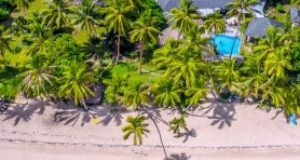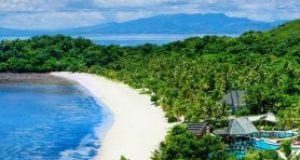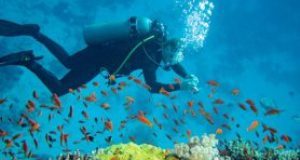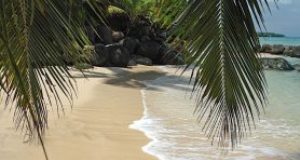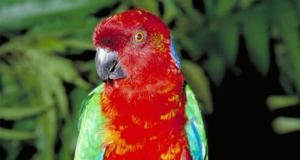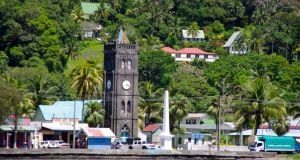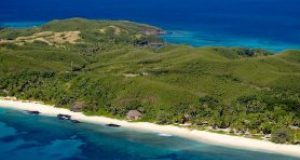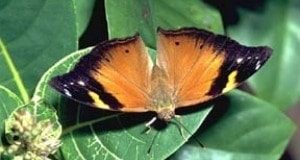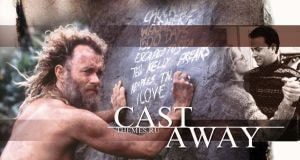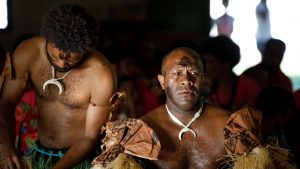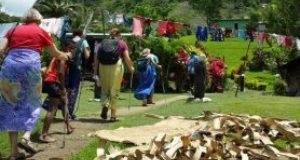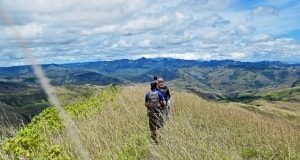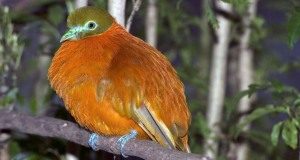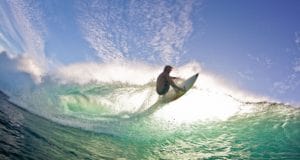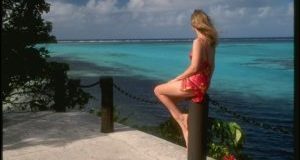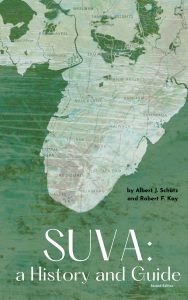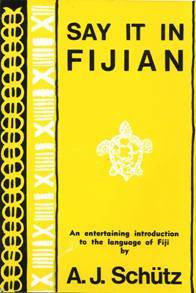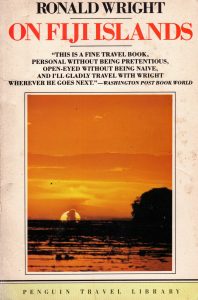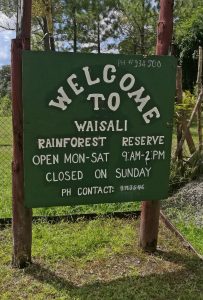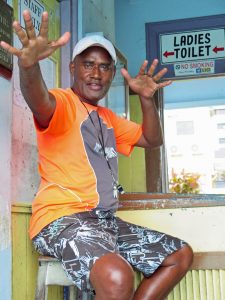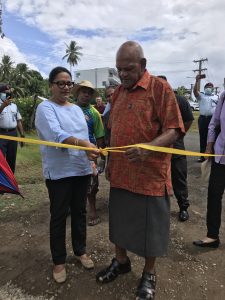Vilsoni Hereniko, known to his friends as Vili, has come a long way from his native Rotuma, a Polynesian outlier in the far reaches of the Fiji archipelago. Inspired by the island’s folklore–we can call it Polynesia Mythology–as told to him by his father, the Honolulu-based filmmaker and Professor at the Academy for Creative Media at the University of Hawai’i has just released his latest film, Sina ma Tinirau, (Sina and Tinirau).
The film screened (online only) at the 2021 Hawai’i International Film Festival.
Sina, a beautiful woman, and Tinirau a handsome man, are two mythological icons in Rotuman oral literature. Their story goes something like this:
A prince, who is cursed to become an eel, has to win the love of a beautiful woman to become human again. He gifts her with his body in the form of a coconut palm in a seductive display. The film is narrated in English with some dialogue in Rotuman, that is subtitled. This lends an authenticity to the story.
(See trailer below).
In his retelling of an ancient tale for today’s world Hereniko takes a page from Carl Jung by interpreting a legend that is as central to the Polynesian collective unconscious as the Crucifixion of Jesus would be in the West. In doing so, he makes the wisdom of traditional Polynesia accessible to the rest of us.
In the words of Selina Tusitala Marsh, New Zealand Poet Laureate Hereniko “combines sonorous storytelling with visually vibrant animation to tell a hanuju, a Rotuman mythic version of Oceania’s greatest love stories of all time.”
“Sina ma Tinirau” says Hereniko, “is an ancient, oral tale that has endured the test of time because it embodies our sensibilities, worldviews, and aesthetics as Polynesians.” It’s not a conventional romantic love story between a man and a woman.”
Rather, he explains, “it’s an unconditional, Christ-like love exemplified by forgiveness.”
“Even though Tinirau’s head was severed and Sina betrayed him, he gave the Polynesian people, personified by Sina, the tree of life. This gift enabled us to survive. It’s the most useful and most important tree to us.”
For Vili Hereniko, the coconut palm’s appeal is quite personal.
“As one of 11 kids, growing up on a remote South Pacific island,” says the filmmaker, “on several occasions that tree saved my life. We didn’t always have enough food to eat. When the weather was bad, we survived on coconut meat and water.”
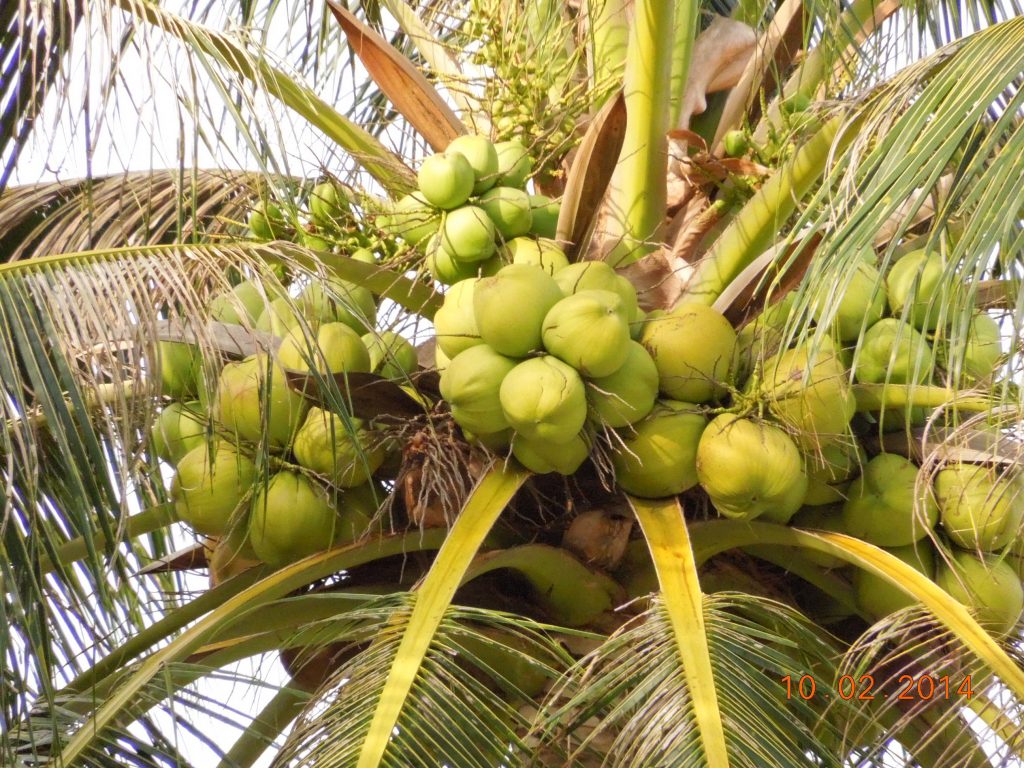
Hereniko said that when he first came to Hawai’i and observed that coconuts had been removed in all the parks and public places, it upset him in a visceral way. He called the trees “eunuchs”. It also disturbed him that many people were seemingly not bothered by what he observed as a kind of cultural castration.
“It’s a matter of education, learning how to live with trees,” said Hereniko. “I mean, no one in Fiji would have a picnic under a coconut tree. They know better.” By transforming a source of food and water (at least) to become just a pretty dance tree and symbol of Paradise, local residents are denied the food and sustenance that the trees provide.
Hereniko also said his film also touches upon the “shadow” side of the Polynesians, specifically their prejudice against black skin.
“It’s something that no one talks about in public”, says Hereniko, “but it’s ubiquitous in my culture and in Polynesian society in general. The bias is there and I wanted to bring it to the surface”. (In the myth Sina is fair skinned and the eel is black. Sina rejects the eel’s advances at first because of its black skin).

A collaborative effort
Hereniko said the film was a collaborative effort between several UH faculty at the ACM and their animation students.
The university provided funding to make the film through the University of Hawai’i at Manoa Collaboration in Film and Animation Strategic Investment Grant. However, in order to complete the project, Hereniko had to tap the European Research Council, a European Union entity, which gave him more funding to complete the film.
He said he was “most grateful for the support of both these funding sources, and the support of Phillip Schorch (co-producer).
The UH Manoa faculty involved were Laura Margulies (animation producer), George Wang (editor), Brittany Biggs (Consultant), Vilsoni Hereniko (Producer, Writer, Director, and Narrator).
Animators from UH Manoa ( some of whom are now alumni) are as follows: Gavin Arucan (animation director), Alexis Nelson (sound designer and sound editor), and Sophia Whalen, Molly Tapken, Mirren Hollison, Danae Naone, Jewel Racasa, Angela Isidro, Alex Narimasu, and Samuel St. John.




